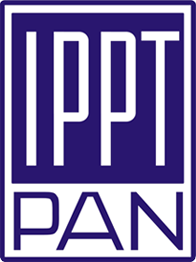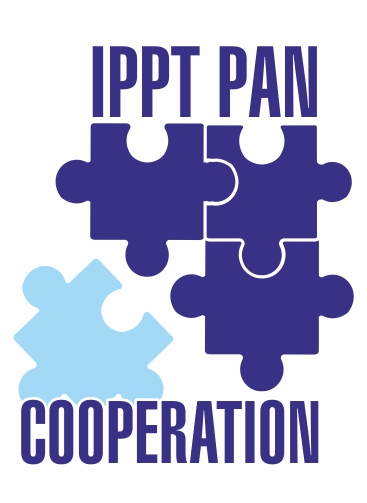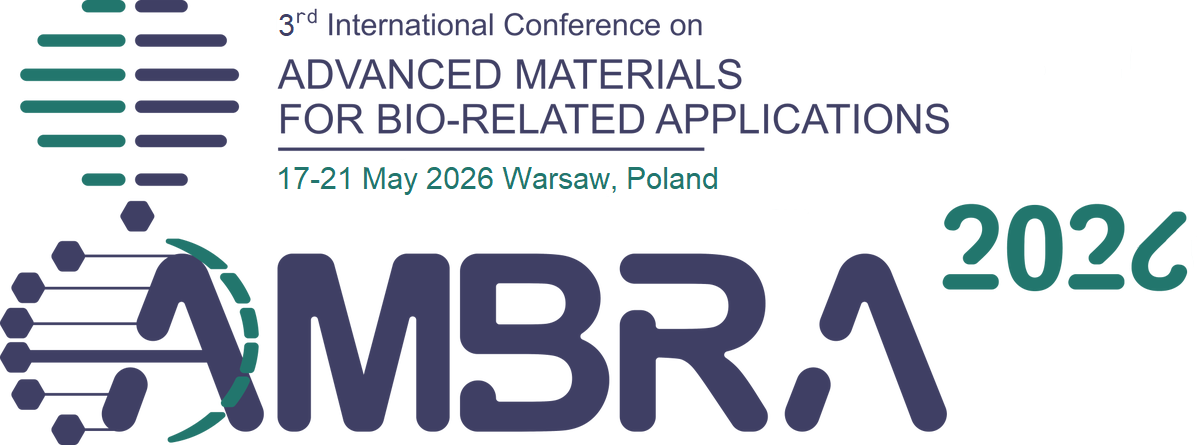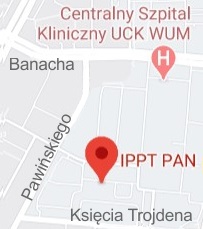| 1. |
Kędziorski P.♦, Kobaka J.♦, Katzer J.♦, Tysiąc P.♦, Jagoda M.♦, Zawidzki M., Comparison of spatial data acquisition techniques for the geometric analysis of lunar regolith,
MEASUREMENT, ISSN: 0263-2241, DOI: 10.1016/j.measurement.2025.119366, Vol.258, No.D, pp.1-12, 2025 Abstract:
Accurate characterization of lunar regolith is essential for planning future surface operations and construction activities. In this work, we compare three 3D measurement techniques for laboratory-scale regolith simulant (LSS) cones: a high-precision handheld laser scanner (HLS), a photogrammetry workflow, and the LiDAR sensor embedded in an iPad Pro. The experiments focused on evaluating the geometric parameters of cone height, base diameter, angle of repose, and volume. HLS and photogrammetry produced closely matching results, with mean observed differences of 0.5 ± 0.4 mm for heights, 0.4 ± 0.2 mm for diameters, and 0.15 ± 0.14° for repose angles. Volumes derived from these two methods differed by less than 1.8 %. By contrast, the iPad LiDAR underestimated cone heights with a mean error of 9.1 ± 2.9 mm and overestimated base diameters by 9.6 ± 6.1 mm, leading to mean angle deviations of 2.63 ± 0.97°. Photogrammetry was intentionally simplified so that its data acquisition time matched that of the HLS, providing a practical efficiency-based comparison rather than maximum accuracy. Although based on single trials, the findings demonstrate that HLS and photogrammetry can deliver consistent results for small regolith features, while low-cost mobile LiDAR remains unsuitable for sub-centimeter measurements. This study highlights the potential of integrating different 3D measurement approaches for rapid regolith assessment, offering insights into future lunar applications. Keywords:
Lunar soil simulant, LSS, LiDAR, Scanner, Photogrammetry Affiliations:
| Kędziorski P. | - | other affiliation | | Kobaka J. | - | other affiliation | | Katzer J. | - | other affiliation | | Tysiąc P. | - | other affiliation | | Jagoda M. | - | other affiliation | | Zawidzki M. | - | IPPT PAN |
| |
| 2. |
Kędziorski P.♦, Skoratko A.♦, Katzer J.♦, Tysiąc P.♦, Jagoda M.♦, Zawidzki M., Harnessing low-cost LiDAR scanners for deformation assessment of 3D-printed concrete-plastic columns with cross-sections based on fractals after critical compressive loading,
MEASUREMENT, ISSN: 0263-2241, DOI: 10.1016/j.measurement.2025.117015, Vol.249, pp.1-16, 2025 Abstract:
This article aims to explore the potential of using low-cost devices (iPhone and iPad) equipped with LiDAR scanners in the context of measuring the volume of concrete-plastic specimens with complex shapes. The goal was to assess whether these tools can support or even replace traditional metrology methods. For the purpose of the research program concrete-plastic columns with very complex cross-sections (based on different fractals) were harnessed. The research team was focused on analyzing the potential of using this technology to measure the volume of concrete-plastic structural elements created with the help of 3D printing. The tests were conducted under laboratory conditions. The effectiveness of the proposed approach was compared with results obtained using photogrammetry. The challenges of measurement accuracy, the impact of specimen shape, the impact of material and needed optimization of post-processing on the achieved results were also discussed. Keywords:
3-D printing, LiDAR, Scanning, Fractals, Concrete Affiliations:
| Kędziorski P. | - | other affiliation | | Skoratko A. | - | other affiliation | | Katzer J. | - | other affiliation | | Tysiąc P. | - | other affiliation | | Jagoda M. | - | other affiliation | | Zawidzki M. | - | IPPT PAN |
|  |
| 3. |
Kędziorski P.♦, Skoratko A.♦, Katzer J.♦, Tysiąc P.♦, Jagoda M.♦, Zawidzki M., Low-Cost LiDAR Scanning Data for Geometric and Volume Analysis of 3D-Printed Concrete-Plastic Elements,
Data in Brief, ISSN: 2352-3409, DOI: 10.1016/j.dib.2025.111799, No.111799, pp.1-10, 2025 Abstract:
This dataset presents experimental data on the use of low-cost LiDAR scanners (integrated with iPads and iPhones) to evaluate the deformation of plastic-concrete specimens with fractal-based cross-sections. The specimens were created using 3D printed lost formwork and concrete. The dataset includes mesh models acquired using low-cost LiDAR technology and photogrammetry before and after the loading tests. This allows for the evaluation of geometric deformations and volume changes in specimens of varying cross-sectional complexity.
The measurements were performed in a controlled laboratory environment, where LiDAR-based volume calculations were compared with high-precision photogrammetric reference data. The dataset includes information on scanning conditions, point cloud processing techniques, and measurement errors, providing insight into the accuracy and repeatability of low-cost LiDAR technology in structural assessment.
This dataset is valuable to researchers investigating low-cost metrology, LiDAR-based strain monitoring, and the application of consumer-grade scanning technology in civil engineering and materials science. It enables further analysis of the accuracy of mobile LiDAR for measuring complex geometries and deformations of structures. Keywords:
Low-cost LiDAR, 3D printing, Point cloud analysis, Fractals, Concrete Affiliations:
| Kędziorski P. | - | other affiliation | | Skoratko A. | - | other affiliation | | Katzer J. | - | other affiliation | | Tysiąc P. | - | other affiliation | | Jagoda M. | - | other affiliation | | Zawidzki M. | - | IPPT PAN |
| 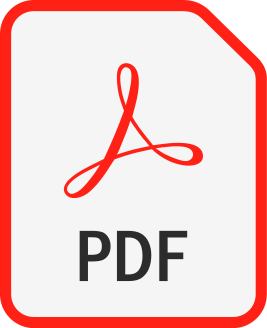 |



